
Metals like iron and aluminum had a wide range of applications even before the discovery of alloys. However, when certain elements were added to pure metals, their properties were enhanced in manifolds.
Alloys of metal like iron and aluminum have added elements that improve their physical and chemical properties and make them highly useful across industries.
Stainless steel is one of the most popular alloys of iron. It is made out of iron that is mixed with chromium. The percentage of chromium that is added to iron can vary. However, at least ten percent chromium must be added to iron to make stainless steel.
Apart from chromium, some amount of carbon, nickel ( ten to fourteen percent), and some amount of molybdenum is also added to stainless steel.
Table of Contents
Some Features Of Stainless Steel Plates That Find Varied Applications Across Industries

Alloys were discovered to improve the properties and use of metals. Of the several alloys that have been discovered over the centuries, stainless steel has been one of the most popular because of the several useful properties that it has to offer.
Some of the most useful and industrially relevant properties of stainless steel are listed below.
Continue to read this article to learn about the use and applicability of stainless steel.
Resistance To Corrosion
Pure metals often react with elements like water and oxygen to form oxides or hydroxides. Oxide and hydroxides are more stable, and hence they can deteriorate as a result of natural exposure to environmental elements.
Rust formation is a specific type of corrosion that happens only on iron. Rust formation takes place when iron oxides are exposed to atmospheric moisture. Rust is a reddish brown color deposit that eventually eats away the metal.
However, alloys of iron, like stainless steel, have at least ten per cent chromium in them, and this chromium reacts with the atmospheric oxygen to form a protective layer on the outer side of the alloy. This protective outer layer is resistant to corrosion and rust.
Iron is the perfect metal when it comes to strength and the ability to bear weight. Hence it finds great application in the construction industry. But iron is also prone to rusting, and hence its alloys like stainless steel, which do not rust easily, have largely replaced iron in the construction sector.
So if you are about to construct a fancy new building, then you must contact a stainless steel plate supplier for metal panels and sheets that you would require in the making.
Extremely High Tensile Strength
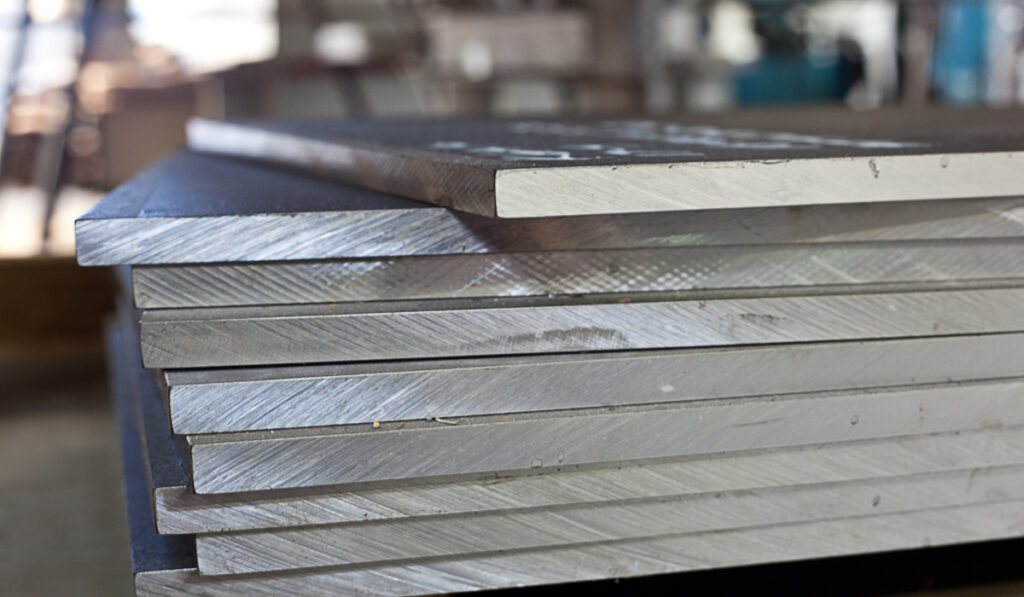
The tensile strength of a material is the ability of a material to not break or tear apart when subjected to mechanical stress. So, for instance, if you pull two opposite sides of a paper strip, you are applying mechanical stress in the longitudinal direction.
When the mechanical stress applied exceeds the paper strip’s tensile strength, then it snaps and tears. The higher the stress that a material can bear, the greater its tensile strength. In the example stated above, a piece of paper will tear if you apply force with your hand.
However, when it comes to alloys of iron, it will not break even when it is subjected to high tensile stress. It is estimated that stainless steel can withstand more than six hundred mega Pascals of pressure before it snaps or breaks.
Resistance To High Temperature
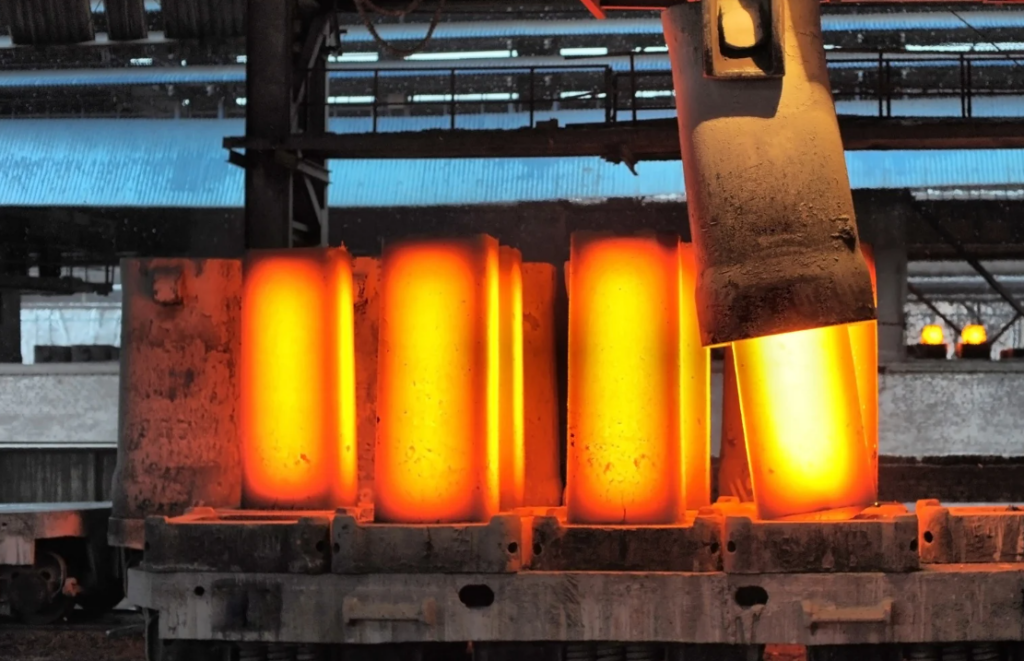
Many materials like plastic suffer from disadvantages like melting at high temperatures. However, there are many industrial applications where the vessels or the instruments need to withstand high temperatures. In such industries, alloys of iron find great applications.
There are different grades of stainless that can withstand high temperatures to different degrees. But some grades, like grade 330, can withstand temperatures as high as two thousand degrees Fahrenheit.
However, two thousand degrees is the end of high-temperature tolerance. So if you subject grade 330 stainless steel to eighteen or nineteen hundred degrees Fahrenheit, it will last for a sufficient period.
Easy To Fabricate
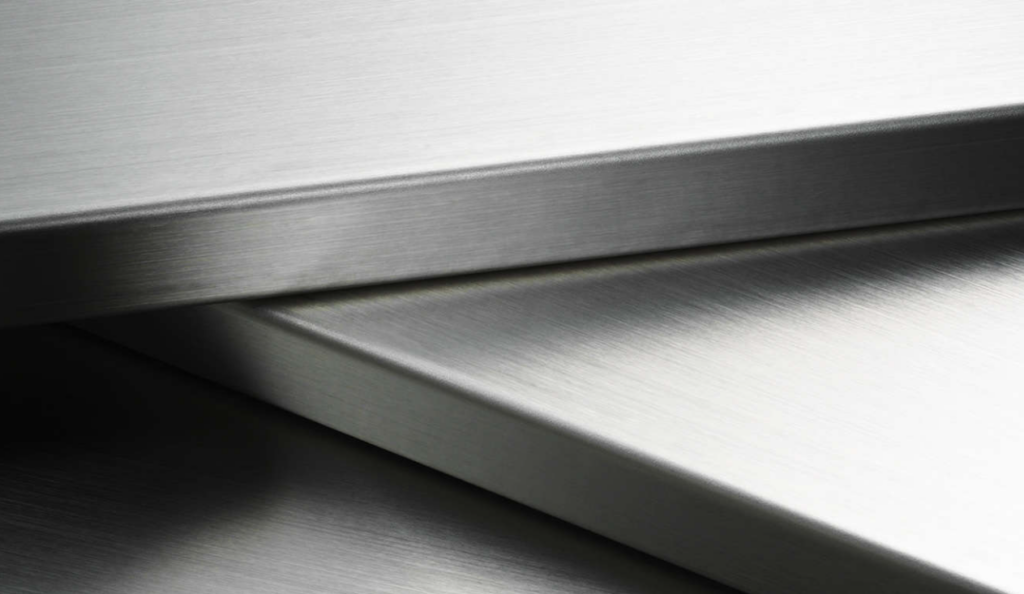
Fabricability is the ability of a material to transform into different forms. Any metal or alloy that has high fabricability will find wide applications because it can be transformed into any shape, size or design.
Several grades of stainless steel can be rolled, spun, deep drawn, and cold forged.
Low Reactivity With Other Chemicals
Many alloys of iron have low reactivity to chemical agents. This low reactivity is useful if you wish to use stainless steel plates for manufacturing surgical instruments. Stainless steel also has the ability to withstand environments that have a corrosive nature. Hence plates of stainless steel are used in chemical and petrochemical industries.
Very Low Impact On The Environment
Alloys like stainless steel have found application in several unconventional industries like customized jewelry making, watch making and house decoration items.
Some of the reasons why these alloys have replaced precious metals like gold are their affordability and their low negative impact on the environment.
Stainless steel is entirely recyclable. So if you have a house decoration item or a piece of jewelry that is old and outdated, you can send it for recycling. The recycler will be able to recover the entire alloy by cleaning and melting the old item in a furnace.
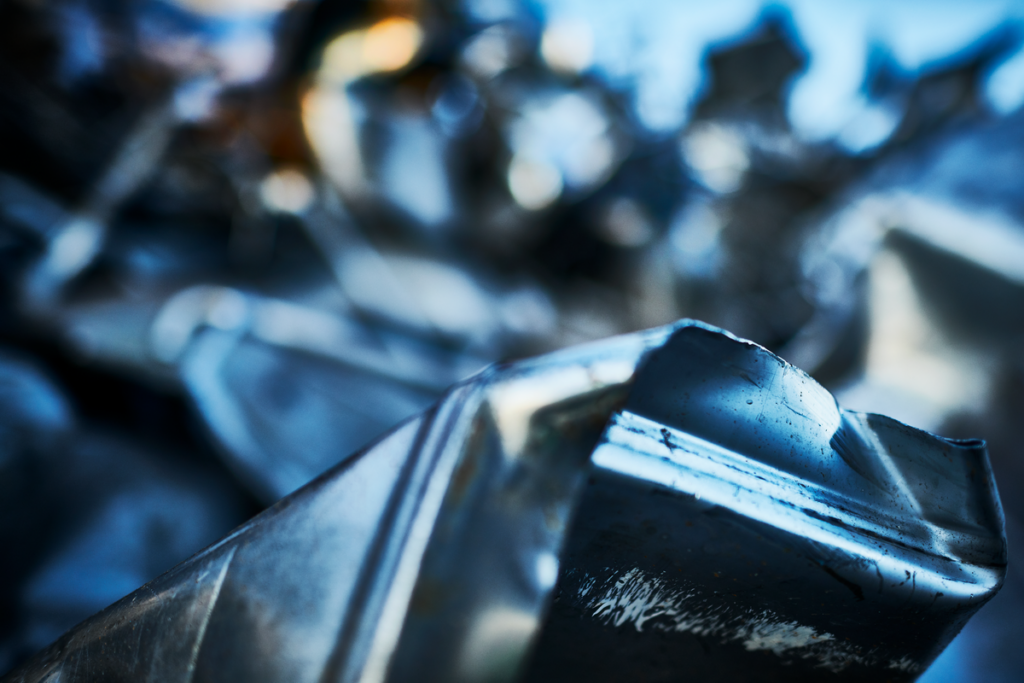
The recycled material can then be remolded and craved to create new products that can be sold afresh in the market.
Thus even if the demand for stainless steel products goes up, the demand for mining iron is not likely to increase proportionately.
Old and used stainless steel items will be recycled and reused by the customers. Hence the exploitation of mines and the release of pollutants from mining activities will also be less.
Again, since stainless steel has a high potential for recycling, it will not contribute to the generation of a large amount of waste.
The municipal waste disposal system of big cities is already overburdened and reeling under a lot of pressure due to the consumerist mentality of the people.
Conclusion
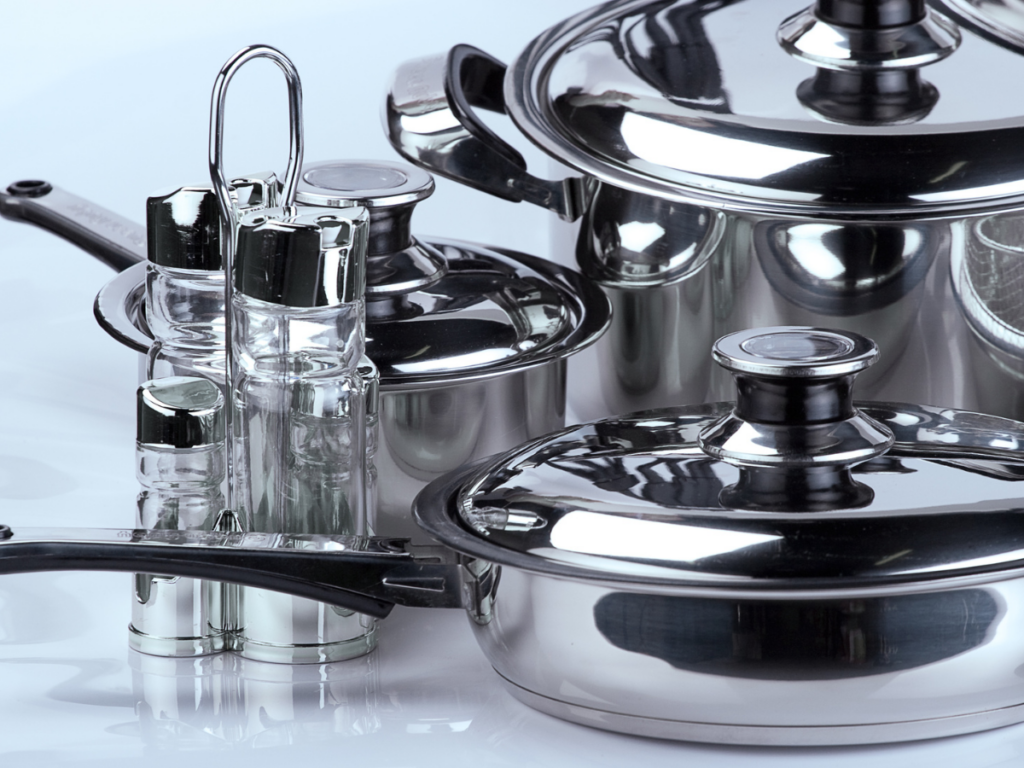
Materials like stainless steel that are highly resistant to corrosion, are tolerant to high temperatures, and that have a high potential for recycling are highly valued across many sectors.
There are several grades of stainless steel (grade 303, grade 304 L etc.) that are available, and each grade has a distinct chemical composition that adds to the versatility and the widespread demand for this alloy.






